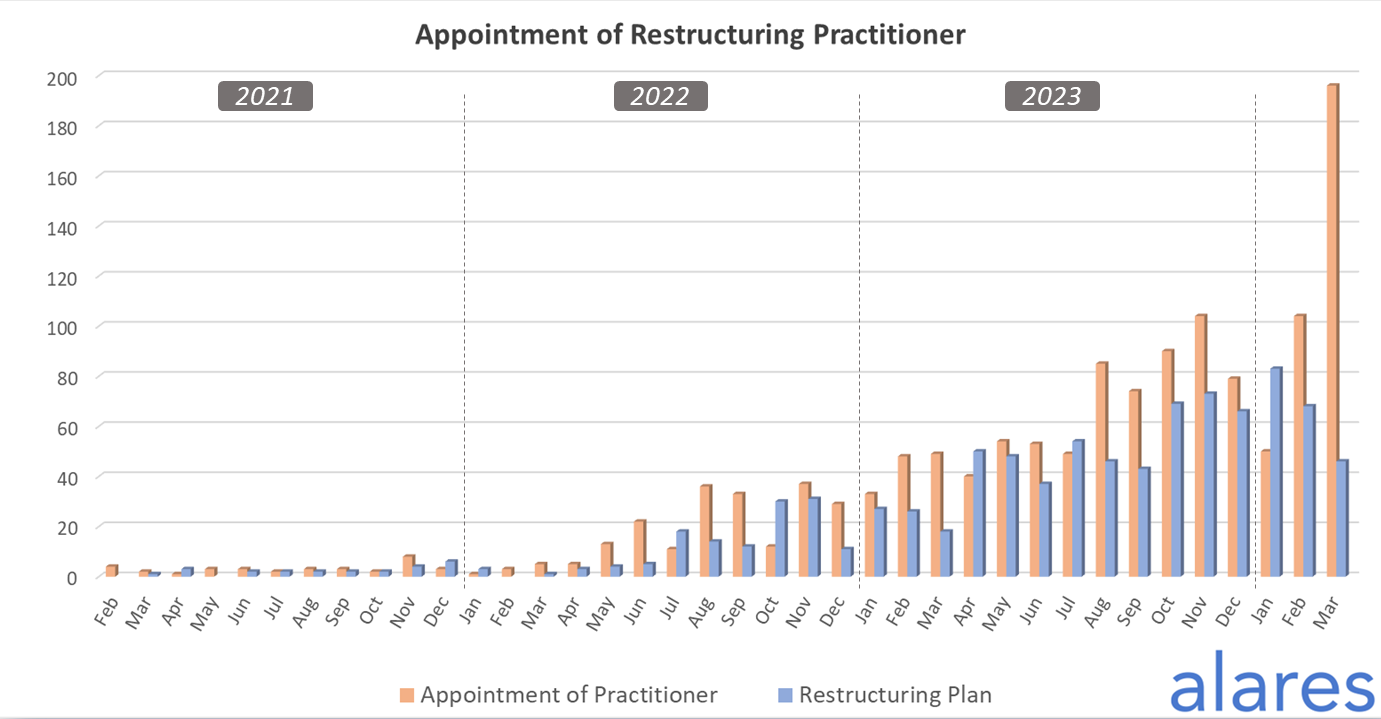"Small business owners are in the firing line from the ATO, banks and landlords"

Many Australian landlords are hiking rents on their commercial properties due to rising land taxes and increased interest rates, escalating financial pressures on small business owners and contributing to an uptick in both business and personal insolvencies, according to insolvency and business turnaround specialist Jirsch Sutherland.
“It’s having a real domino effect,” said Jirsch Sutherland partner Malcolm Howell (pictured), a registered liquidator and bankruptcy trustee. “Landlords are under pressure from higher land taxes and rates and are having to increase rents, which then adds to small business owners’ financial burdens.
“They’re already under fire from the ATO and banks, not to mention facing higher operating costs and superannuation requirements. The stark reality is that the expenses involved in running a business and retaining staff is proving challenging for many.”
Statistics from the Australian Financial Security Authority indicate that business-related personal insolvencies accounted for 27.3% of all insolvencies in the year ending December 2023. The Alares Monthly Credit Risk Insights reported that insolvencies in March reached levels more than 50% above those seen before the pandemic, marking a significant peak.

“The ATO continues to put pressure on business owners, with a high level of Director Penalty Notices (DPNs) being issued and business tax debts being disclosed,” Howell said. “Court recoveries are also high, as both the ATO and big four banks chase monies owed. There’s now an even greater risk of personal assets being exposed, as often business and personal assets are intertwined.”


According to the latest report from Alares, the small business restructuring (SBR) process is gaining traction, particularly as the ATO escalates its enforcement actions.
“As the ATO continues to disclose overdue tax debts, as well as issuing Directors Penalty Notices and warning letters, more small business owners are turning to the SBR process for relief,” said Alares director Patrick Schweizer.
“Small business lending often involves security over the business owner’s home or other personal assets. These assets can be at risk when the business faces financial hardship. We have seen a marked increase in small business failures evidenced by the recent spike in SBR appointments.”

For businesses ineligible for the restructuring process, Howell suggests voluntary administration (VA) as an alternative.
“It provides an opportunity for a business to continue trading, while giving the company breathing space and address outstanding debt in a more orderly manner,” he said. “VAs can be an excellent business rescue solution. It takes the pressure off the directors and gives the business the best chance of survival.”
Additionally, Howell highlighted an alternative to bankruptcy for personal insolvency: the Part X Agreement.
“The word ‘bankruptcy’ brings with it numerous negative connotations and unfortunately, people often think declaring bankruptcy is the only way out of their financial woes,” he said. “However, a Part X Agreement is an alternative. It’s designed for individuals who are financially insolvent and allows you to appoint a controlling trustee who calls a meeting of creditors and negotiates a binding formal agreement for debt repayment that’s tailored to suit your individual financial circumstances.
“There really are more options than ever at both a corporate and personal insolvency level, so it’s so important to speak with an expert in the field to help you navigate the best path forward.”
Want to be regularly updated with mortgage news and features? Get exclusive interviews, breaking news, and industry events in your inbox – subscribe to our FREE daily newsletter. You can also follow us on Facebook, X (formerly Twitter), and LinkedIn.



